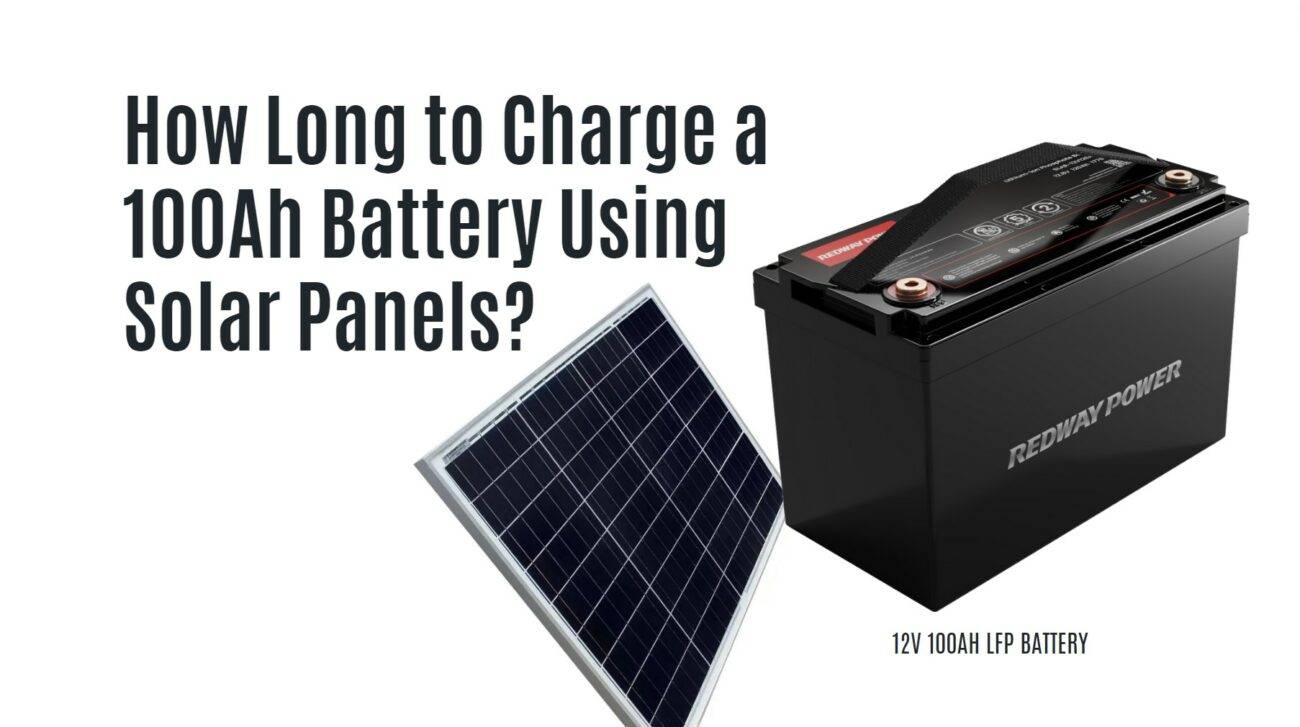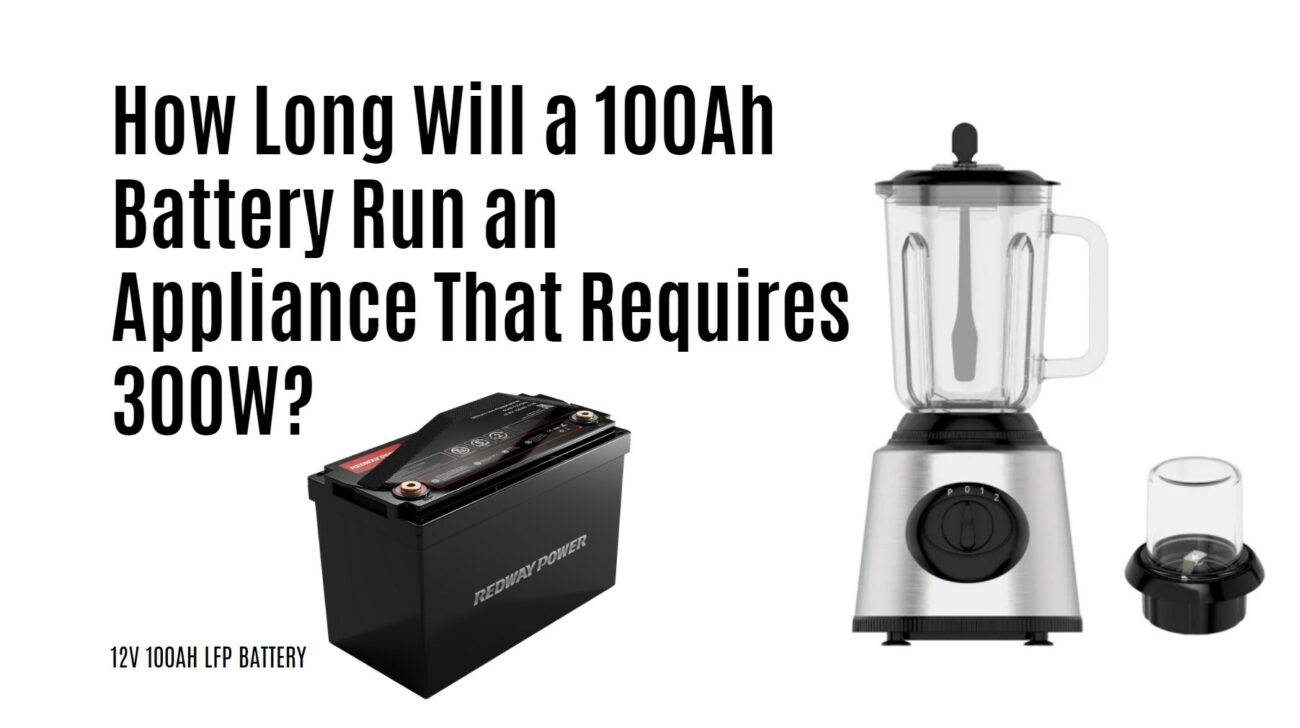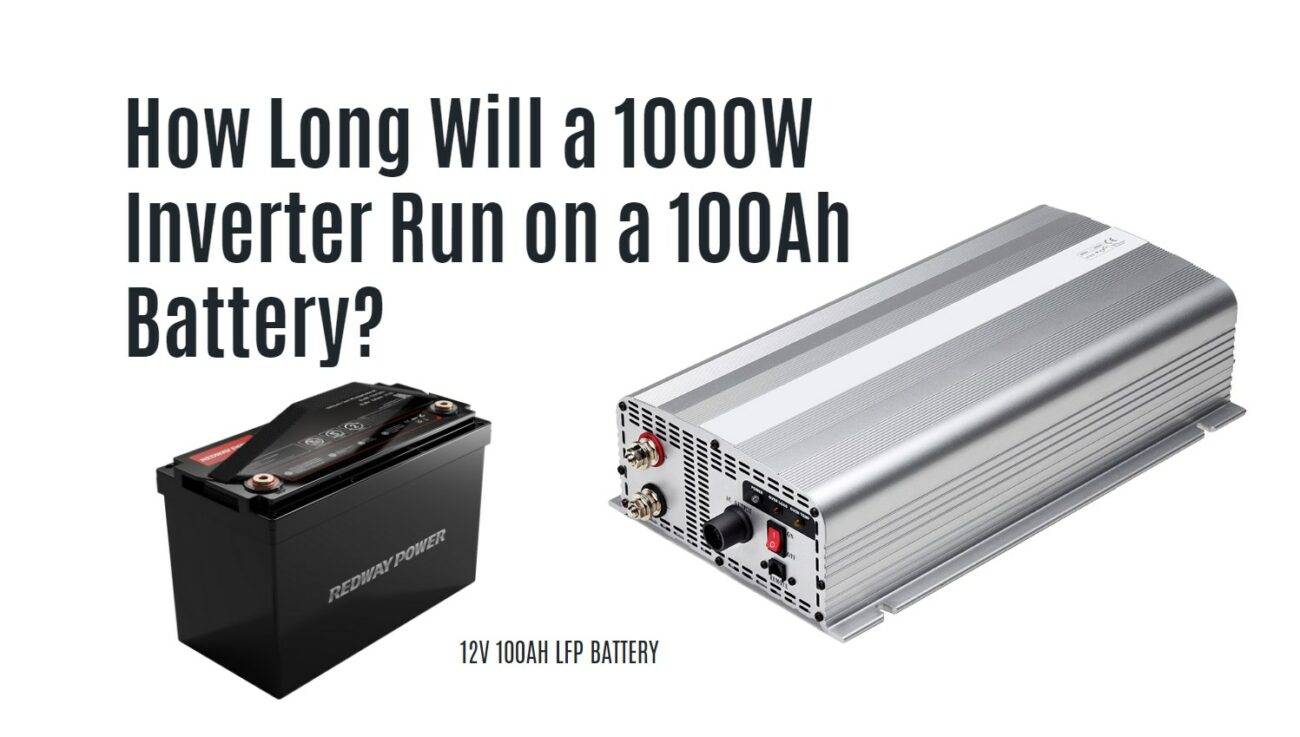- Lithium Golf Cart Battery
- Forklift Lithium Battery
-
48V
- 48V 210Ah
- 48V 300Ah
- 48V 420Ah (949 x 349 x 569 mm)
- 48V 420Ah (950 x 421 x 450 mm)
- 48V 456Ah
- 48V 460Ah (830 x 630 x 590 mm)
- 48V 460Ah (950 x 421 x 450 mm)
- 48V 460Ah (800 x 630 x 600 mm)
- 48V 460Ah (820 x 660 x 470 mm)
- 48V 500Ah
- 48V 560Ah (810 x 630 x 600 mm)
- 48V 560Ah (950 x 592 x 450 mm)
- 48V 600Ah
- 48V 630Ah
-
48V
- 12V Lithium Battery
12V 150Ah Lithium RV Battery
Bluetooth App | BCI Group 31
LiFePO4 Lithium
Discharge Temperature -20°C ~ 65°C
Fast Charger 14.6V 50A
Solar MPPT Charging - 24V Lithium Battery
- 36V Lithium Battery
- 48V Lithium Battery
-
48V LiFePO4 Battery
- 48V 50Ah
- 48V 50Ah (for Golf Carts)
- 48V 60Ah (8D)
- 48V 100Ah (8D)
- 48V 100Ah
- 48V 100Ah (Discharge 100A for Golf Carts)
- 48V 100Ah (Discharge 150A for Golf Carts)
- 48V 100Ah (Discharge 200A for Golf Carts)
- 48V 150Ah (for Golf Carts)
- 48V 160Ah (Discharge 100A for Golf Carts)
- 48V 160Ah (Discharge 160A for Golf Carts)
-
48V LiFePO4 Battery
- 60V Lithium Battery
-
60V LiFePO4 Battery
- 60V 20Ah
- 60V 30Ah
- 60V 50Ah
- 60V 50Ah (Small Size / Side Terminal)
- 60V 100Ah (for Electric Motocycle, Electric Scooter, LSV, AGV)
- 60V 100Ah (for Forklift, AGV, Electric Scooter, Sweeper)
- 60V 150Ah (E-Motocycle / E-Scooter / E-Tricycle / Tour LSV)
- 60V 200Ah (for Forklift, AGV, Electric Scooter, Sweeper)
-
60V LiFePO4 Battery
- 72V~96V Lithium Battery
- Rack-mounted Lithium Battery
- E-Bike Battery
- All-in-One Home-ESS
- Wall-mount Battery ESS
-
Home-ESS Lithium Battery PowerWall
- 24V 100Ah 2.4kWh PW24100-S PowerWall
- 48V 50Ah 2.4kWh PW4850-S PowerWall
- 48V 50Ah 2.56kWh PW5150-S PowerWall
- 48V 100Ah 5.12kWh PW51100-F PowerWall (IP65)
- 48V 100Ah 5.12kWh PW51100-S PowerWall
- 48V 100Ah 5.12kWh PW51100-H PowerWall
- 48V 200Ah 10kWh PW51200-H PowerWall
- 48V 300Ah 15kWh PW51300-H PowerWall
PowerWall 51.2V 100Ah LiFePO4 Lithium Battery
Highly popular in Asia and Eastern Europe.
CE Certification | Home-ESS -
Home-ESS Lithium Battery PowerWall
- Portable Power Stations
What Size Solar Panel for Charging a 100Ah Battery?

Determining the right size solar panel for charging a 100Ah battery is essential for ensuring efficient energy use and maximizing performance. A properly sized solar panel system can provide adequate power to charge your battery effectively, reducing reliance on traditional energy sources. This guide will help you understand how to calculate the necessary solar panel size and other important factors.
What Is a 100Ah Battery and Its Applications?
A 100Ah battery (amp-hour) indicates that the battery can deliver 100 amps of current for one hour or 1 amp for 100 hours. This capacity makes it suitable for various applications, including:
- Solar Energy Storage: Used in off-grid solar systems to store energy generated during the day.
- Recreational Vehicles (RVs): Powers appliances and electronics in RVs during trips.
- Electric Vehicles: Serves as a power source in electric bikes, scooters, or golf carts.
| Application | Description |
|---|---|
| Solar Energy Storage | Stores energy from solar panels |
| Recreational Vehicles | Powers appliances in RVs |
| Electric Vehicles | Provides power for e-bikes/scooters |
How Do You Calculate the Required Solar Panel Size?
To calculate the size of the solar panel needed to charge a 100Ah battery, follow these steps:
- Determine Daily Energy Needs: If you want to charge your battery fully each day, you need to account for its capacity in watt-hours (Wh).
Energy Wh =Voltage×Capacity Ah =12V×100Ah=1200Wh
- Estimate Sunlight Hours: Determine how many peak sunlight hours your location receives daily (typically between 4-6 hours).
- Calculate Required Wattage:
Required Wattage=Daily Energy NeedsPeak Sunlight Hours
For example, if you receive 5 hours of sunlight:
Required Wattage=1200Wh5h=240W
This means you would need at least a 240W solar panel system to charge your 100Ah battery effectively each day.
What Factors Influence Solar Panel Efficiency?
Several factors can affect the efficiency and output of solar panels:
- Panel Orientation: Properly positioning panels towards the sun can maximize exposure.
- Temperature: High temperatures can reduce efficiency; panels perform best at cooler temperatures.
- Shading: Trees or buildings casting shadows on panels can significantly decrease output.
- Quality of Panels: Higher-quality panels generally have better efficiency ratings.
| Factor | Impact on Efficiency |
|---|---|
| Panel Orientation | Maximizes sun exposure |
| Temperature | High heat reduces efficiency |
| Shading | Shadows greatly decrease output |
| Quality of Panels | Higher quality equals better performance |
How Many Hours of Sunlight Do You Need for Charging?
The number of sunlight hours required depends on your location and the time of year:
- Peak Sunlight Hours: This is typically defined as hours when sunlight is strong enough to generate maximum power (around noon).
- On average, most areas receive about 4 to 6 peak sunlight hours per day. Therefore, knowing your local climate and seasonal variations is crucial in planning your solar setup.
Why Is Battery Maintenance Important for Longevity?
Proper maintenance is essential to extend the life and efficiency of your battery:
- Regular Checks: Inspect terminals and connections regularly to prevent corrosion.
- Cleanliness: Keep batteries clean from dirt and debris that can affect performance.
- Avoid Deep Discharge: Regularly discharging below 50% can shorten battery life; recharge promptly after use.
| Maintenance Task | Frequency |
|---|---|
| Regular Checks | Monthly inspections |
| Cleanliness | As needed; typically every few months |
| Avoid Deep Discharge | Recharge when below 50% |
Industrial News
The solar energy market continues to grow rapidly as technology improves and costs decrease. Recent reports indicate that solar installations have surged globally, driven by increasing demand for renewable energy solutions. Innovations in solar panel efficiency and energy storage are making it easier than ever for consumers to harness solar power effectively, especially in off-grid applications.
Expert Insight
“Choosing the right size solar panel is crucial not just for efficiency but also for ensuring that your energy needs are met,” says Dr. Lisa Green, an expert in renewable energy systems. “With proper calculations and considerations, homeowners can significantly benefit from solar installations.”
FAQ Section
Q: How much sunlight do I need to charge a 100Ah battery?
A: Typically, you need about 4 to 6 peak sunlight hours per day, depending on your location.Q: Can I use smaller panels if I don’t get enough sunlight?
A: Yes, but you may need multiple smaller panels or a larger total wattage to meet your charging needs.Q: What happens if I overcharge my battery?
A: Overcharging can lead to overheating and damage; always use a compatible charger with built-in protection features.

- Can I use a smaller solar panel to charge a 100Ah battery?
- Yes, you can use a smaller solar panel, but it may take longer to charge the battery, especially in low sunlight conditions.
- What if I use a larger solar panel for charging?
- Using a larger solar panel can provide faster charging, but it’s important to ensure compatibility with the charging controller and battery capacity.
- Can I connect multiple solar panels to charge a 100Ah battery?
- Yes, you can connect multiple solar panels in parallel or series to increase the overall charging capacity for a 100Ah battery.
Combining Solar Panels for a 12-Volt Battery System:
To combine solar panels for a 12-volt system, wire them in parallel, keeping the voltage at 12V while increasing the current output. Ensure all panels have the same voltage rating.
Sizing Solar Panels for Energy Needs:
Calculate your daily energy consumption in watt-hours, then divide by the average sunlight hours and the panel’s efficiency to determine the required wattage.
Determining Appliance Power Draw:
Check each appliance’s wattage or use a power meter. Multiply the wattage by the hours of use to find daily energy consumption.
Calculating Expected Discharge Rate:
The expected discharge rate is calculated by dividing your daily energy consumption by the battery’s capacity, factoring in battery efficiency.
12-Volt Battery Full Charge Reading:
A fully charged 12-volt battery typically reads between 12.6 to 12.8 volts.
Battery Size Determination:
Calculate the total daily energy consumption in amp-hours, then choose a battery that offers at least twice this capacity for longevity.
Sizing a Battery Bank and Its Importance:
Determine your total energy needs in amp-hours and multiply by the number of days you need backup. Proper sizing ensures reliability, longer battery life, and system efficiency.
























